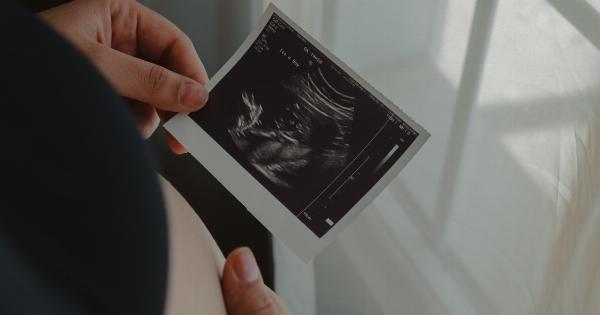Childbirth is a natural process, and many women have successful vaginal deliveries. However, sometimes, complications arise and can pose a threat to the health and safety of both the mother and the baby.
In some cases, an emergency caesarean section becomes necessary. Here is what you need to know about this procedure.
What is an Emergency Caesarean Section?
An emergency caesarean section, commonly known as a C-section, is a surgical procedure that delivers a baby through incisions made in the abdominal wall and the uterus.
It is done when vaginal delivery poses a threat to the mother’s or baby’s health, or the baby cannot be delivered vaginally due to certain complications.
Reasons for an Emergency Caesarean Section
Several reasons might warrant an emergency caesarean section, including:.
- Fetal Distress – The baby shows signs of distress, such as reduced heart rate, which might indicate a lack of oxygen supply.
- Placenta Previa – The placenta, which provides nourishment to the fetus, blocks the cervix, making vaginal delivery impossible or dangerous.
- Prolapsed Umbilical Cord – The umbilical cord slips through the cervix before the baby, cutting off its oxygen supply.
- Lack of Progress in Labor – Labor fails to progress even after several hours, making vaginal delivery impossible or too risky.
- Cephalopelvic Disproportion – The baby’s head is too large to fit through the mother’s pelvis.
- Maternal Health Concerns – The mother has health concerns, such as high blood pressure or heart disease, making vaginal delivery too risky.
When is an Emergency Caesarean Section Performed?
An emergency caesarean section is performed when there is an immediate threat to the mother’s or baby’s health. During labor, the healthcare provider constantly monitors the progress of the delivery and the health of the mother and baby.
If any complications arise, the provider might recommend an emergency C-section to reduce the risk to the mother and baby.
What to Expect During an Emergency Caesarean Section
An emergency caesarean section might be the last thing an expectant mother wants, but it is a safe and common procedure. The procedure usually takes about 45 minutes. Here’s what to expect:.
- An anesthesiologist will administer spinal or epidural anesthesia to numb the lower half of the body while keeping the mother awake
- The healthcare provider will make a horizontal incision in the lower abdomen and uterus, allowing the baby to be gently lifted out.
- The healthcare provider will check the baby’s breathing, heart rate, and overall health. If necessary, the baby might need to be put on oxygen and monitored for a few hours.
- The healthcare provider will repair the incisions in the uterus and abdomen.
- The mother will be transferred to a recovery room, where healthcare providers will monitor her for a few hours before transferring her to a postpartum unit.
Risks and Complications of an Emergency Caesarean Section
Caesarean sections are generally safe, although, like any surgery, they do come with risks. These risks include:.
- Infection
- Heavy bleeding
- Blood clots
- Injury to nearby organs or tissues
- Reaction to anesthesia
Recovery after an Emergency Caesarean Section
Recovery after an emergency caesarean section is similar to recovery after any other C-section. The mother might need to stay in the hospital a little longer and take more time to recover.
Generally, complete recovery will take six to eight weeks, and the mother will need to take it easy and avoid heavy lifting and strenuous activities. The healthcare provider will monitor the incision for infection and ensure the mother and baby are doing well before releasing them from the hospital.
The mother might experience some discomfort and pain, which can be managed with pain medications and ample rest.
Conclusion
An emergency caesarean section is a safe and common procedure that saves lives in complicated deliveries.
Although it might not be the ideal birth plan for many mothers, healthcare providers perform it when necessary to reduce risk to the mother and baby. Knowing the reasons for an emergency C-section and what to expect during the procedure can help expectant mothers face it with confidence and prepare for a speedy recovery.





























